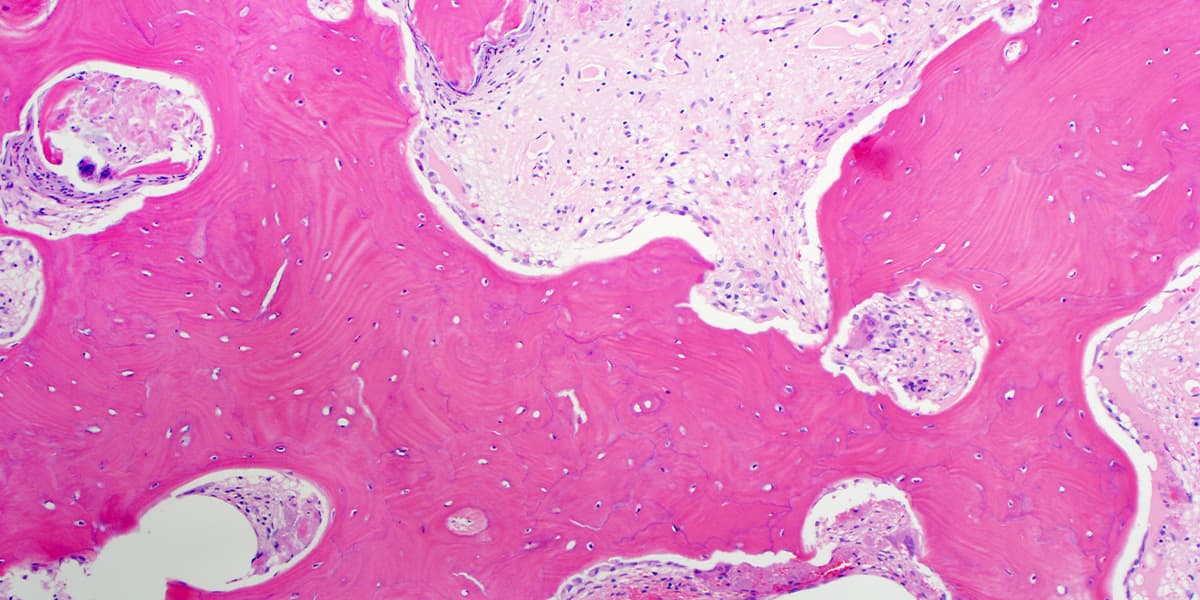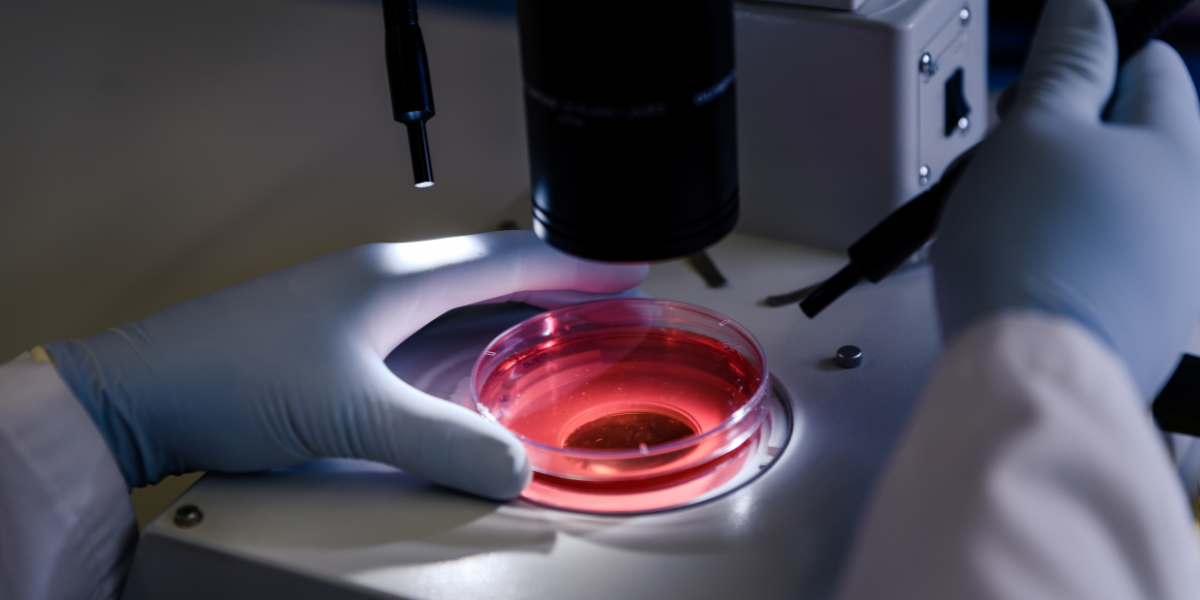In the United States alone, it is estimated that there are over 248,000 new cases of prostate cancer each year. The American Cancer Society reports that prostate cancer is the second leading cause of death in American men, with lung cancer remaining number one. Prostate cancer is first found through a screening test by your doctor. Once the screening is completed and prostate cancer is suspected based on results, your doctor will recommend a prostate biopsy to confirm the actual diagnosis of cancer. In this blog, we will discuss the various prostate biopsy methods, what the procedures involve, as well as next steps.
Why do Blood Types Matter? Click Here to Find Out!
What is a Prostate Biopsy?
A biopsy is a procedure that removes cells or small pieces of tissue from the body to be examined. A prostate biopsy is no different. During a prostate biopsy, the doctor will remove prostate gland tissue to examine the cells for abnormalities.
Three main types of prostate biopsies can be performed.
- Transrectal
- A transrectal biopsy is the most common method of prostate biopsies. Using an ultrasound probe, the doctor will insert it through your rectum to take scans of the area and where to guide their needle. Once they know the location, either through the ultrasound images or an MRI scan performed prior, local anesthetic will be applied to numb the area and alleviate any discomfort. The needle will then be inserted along with the ultrasound probe to take the necessary tissue for testing.
- Transperineal
- Typically done under anesthesia, the patient will not feel anything during the procedure. During a transperineal prostate biopsy, the doctor will make a small incision and insert the needle into the prostate through the skin between the testicles and perineum.
- Transurethral
- During a transurethral biopsy, the doctor will pass a thin, flexible tube through the urethra into the prostate. Once inserted, the tissue samples are recovered from the prostate through the urethral wall. This procedure is the least common.

About 6 prostate cancer cases out of 10 are men 65 and over.
Results, Analysis, and Next Steps
After collecting the prostate cells and tissue, the samples will be sent to a laboratory for pathologists to examine. The results are typically delivered within 2-3 days to your doctor, who will then provide the results to you over the phone or in person. Typical prostate biopsy results may show:
- Normal: No cancer or abnormalities were found
- Benign: Results show that there are benign findings such as atrophy or shrinkage, inflammation, or adenosis is present.
- Suspicious: The cells tested are in the gray area, which means they are between normal and cancerous. Some conditions that result in a suspicious biopsy include prostatic intraepithelial neoplasia, glandular atypia, and proliferative inflammatory atrophy.
- Cancer detected: Results show that cancer cells were found. Your doctor will work with you to develop a treatment plan that best fits your needs and may provide referrals depending on how aggressive the cancer is.
Prostate Cancer: What You Can Do
Often with no early symptoms, prostate cancer can be difficult to self-diagnose. However, with annual screening and testing options widely available, prostate cancer is often caught before it spreads and can be treated. The common risk factors for prostate cancer include family history, race, diet, and, most commonly, age. About 60% of prostate cancer cases occur in men aged 65 and older, and it is rare before age 40. While there are many risk factors, the survival rates are very high. To learn more about your risk of prostate cancer, screening options, as well as other preventative measures you can take, talk with your health care provider.





